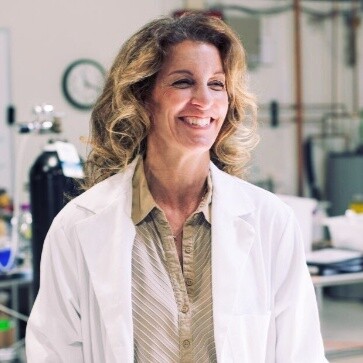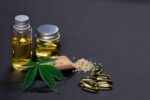
By Dr. Dot Colagiovanni
As the cannabis industry matures it is becoming increasingly sophisticated. However, despite significant progress, there remain distinct knowledge gaps in cannabis science and technology. Many products are produced in facilities that lack appropriate equipment for scientific formulation. Much of this stems from the unfortunate fact that as an industry, we are resource limited for capital equipment thus hindering our ability to conduct research and product testing. That said, there are a number of established methods in place for producing safer, more consistent and trustworthy products if the expenses are warranted.
Lab Best Practices
Our team includes analytical chemists, chemical engineers and scientists working together in a dedicated laboratory facility. We have weekly lab meetings to review our experiments and results; we use electronic notebooks to capture our data and we read the scientific literature to remain informed as to progress in the field of cannabis research. We employ standard procedures used in academic and pharmaceutical industry labs to create formulations optimized for lipophilic substances, such as the cannabinoids. Two techniques allow us to readily assess cannabis products: high pressure liquid chromatography (HPLC) and mass spectrometry (MS). HPLC is a technique in analytical chemistry used to separate, identify, and quantify each component in a mixture. It relies on pumps to pass a pressurized liquid solvent containing the sample mixture through a column filled with a solid adsorbent material. Each component in the sample interacts slightly differently with the adsorbent material, causing different flow rates for the different components and leading to the separation of the components as they flow out of the column.
The MS is an analytical technique that ionizes chemical species and sorts the ions based on their mass to charge ratio. A mass spectrum measures the masses of molecules within a sample and is used to determine the chemical signature of a sample, the masses of individual chemicals and to elucidate the chemical structures of molecules. Our high-resolution mass spectrometer can evaluate unknown substances against a library of known chemical compounds to identify individual plant components. This technology also allows us to evaluate product potency, stability and assess degradants and contaminants.
What is formulation development?
Formulation development is the process by which different chemical substances, including the active ingredients (e.g., cannabinoids) and inactive components or excipients (e.g., permeation enhancers, solubility agents, stabilizers, etc.), are combined to yield a final product. Formulations may be developed for particular dosage forms, such as liquid solutions for sublingual delivery or creams and ointments for transdermal delivery. Employing these methods of scientific formulation yields products that offer the following benefits:
- Optimized cannabinoid profiles
- Consistent dosing and formulations
- Rapid onset of action
- Metabolic predictability
- Improved safety and effectiveness
- No first-pass metabolism as with edible products
Further, we employ statistical tools to screen and optimize many formulation ingredients for improvement in bioavailability and other pharmacological properties–leaving us with a product that takes effect rapidly and efficiently. In short, our analytical tools and formulation approach enable us to develop unique, high-quality cannabinoid formulations.
What is advanced purification?
We combine two of the most beneficial cannabinoids–tetrahydrocannabinol (THC) and cannabidiol (CBD)–in our products. These cannabis plant-based products have the most understood pharmacological effects and act synergistically in the body. Indeed, CBD and THC in studies have demonstrated analgesic and anti-inflammatory properties when used in combination.
Purification enables delivery of ingredients that are well characterized for an effective result.
Whole plant cannabis extracts offer inconsistent biological effects due to the presence of multiple impurities and components that potentially are antagonistic to the endocannabinoid system. As a result, they are poorly characterized and difficult to dose accurately. Purifying cannabinoids such as THC and CBD into precisely-known ratios allows us to isolate the useful compounds from the inactive compounds and remove unknown molecules that may have undesirable properties (potentially affecting the efficiency of the delivery formulation).
In the laboratory, we utilize supercritical fluid chromatography (SFC), a high-resolution chromatography technique that produces highly efficient, rapid separation and purification of molecules. Though similar to liquid chromatography, SFC results in separations that are up to four times faster than HPLC with the same or higher resolving power. Furthermore, SFC operates most effectively in separating structurally-related compounds, including the rarer cannabinoids
Where do we go from here?
Cannabis, without question, offers vast medical potential, and the methods mentioned above only scratch the surface of the many ways we can better study and utilize the plant. That said, there must be advanced research and formulation work involved in order to lend credibility to the industry.




